Just about a year ago, precisely the 24th of August, our hybrid doe gave birth to two beautiful kid goats. It was their first parturtition, and the excitement was overwhelming. Thus, in addition to the mature buck and doe living freely in the compound, we had two kid goats. We were all glad in the house even though the new additions were males. I would have preferred female kids so as to increase production. You know, more female goats means more kid goats and more money. My intention was to convert the homestead into a small or medium-scale livestock farm.
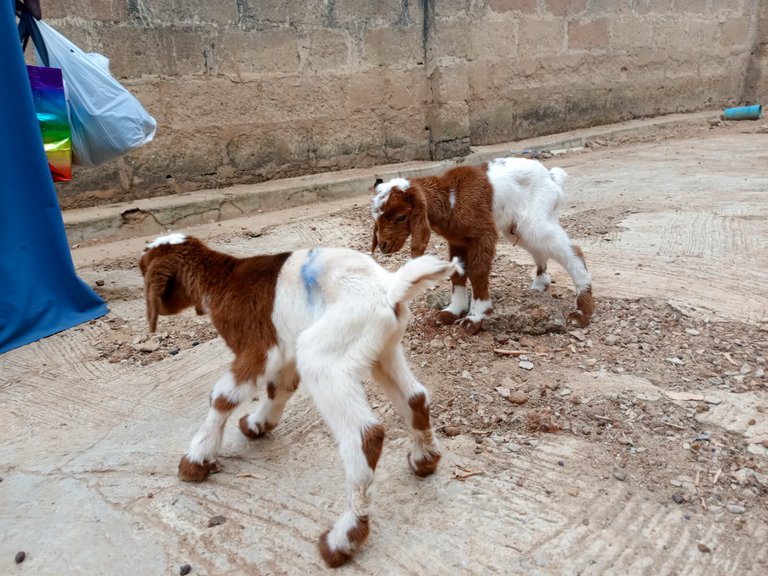
Early this year, around March and April, I bought two female does to complement the three bucks to one doe in the compound. Those two kid goats have already matured into intimidating bucks, except for their progenitor, who wants to always dominate and uphold his territory.
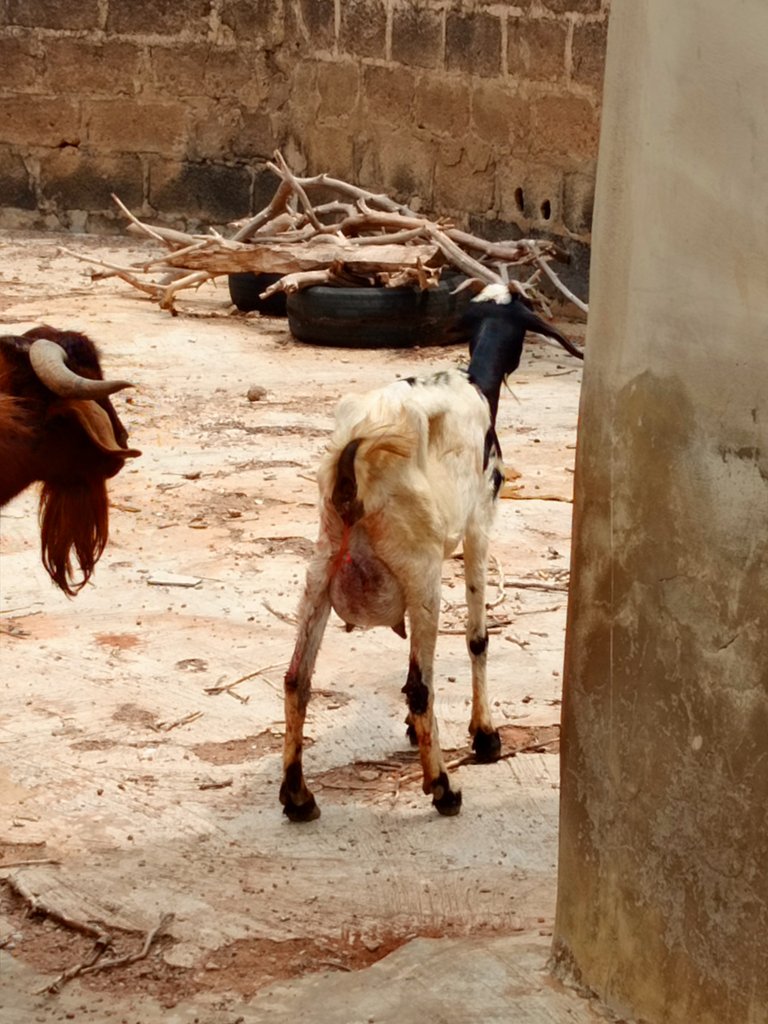
No two pregnancies are the same, and for animals, it may be difficult to tell when one is gravid, except maybe when the abdomen is significantly protruding. For the older doe, we were convinced she was pregnant around February/March, but we could not determine how far gone. She was equally non-receptive to the newly introduced does as she acted aggressively towards them. Unfortunately for us, one of the newly introduced does was thrown to the ground by the older doe, and the newly introduced doe experienced an abortion. Two weeks later, the other newly introduced doe equally had an abortion.
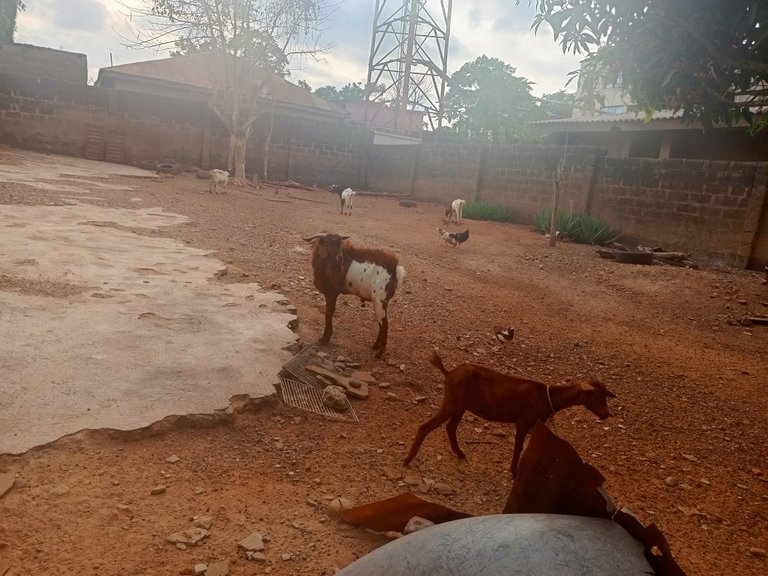
I was saddened by the experience, knowing how the loss of a pregnancy can be torturing for anyone, animals included. But it has influenced me to know how to make their sheds, ensuring each of them has their own space while still letting them roam freely in the compound occasionally.
Now to the exciting part! The older doe eventually put to bed on Thursday, and unlike last year when nobody was around, my mom, a retired midwife, was on standby. According to her, the parturition was difficult as the presentation of the fetuses were the limbs. She wore gloves to assist, but right before intervention, the kids got delivered. Just like in humans, animals can experience difficult deliveries, and for our dear older doe, both kids were delivered via difficult delivery.
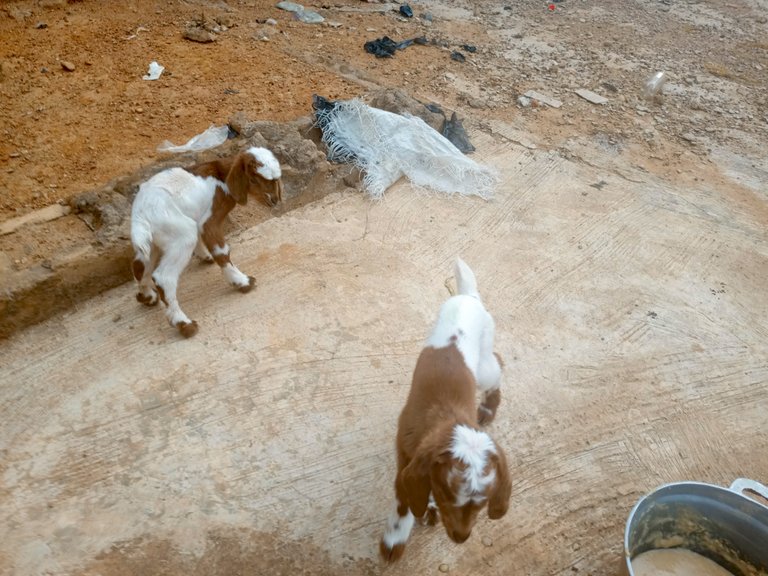
You will agree with me that both kids look phenotypically the same except for some differences that can be observed only keenly. The browner hair of one is somewhat deeper than the other, and there is a slight color difference in their ankles. This phenotypical appearance makes me suspect one of the younger bucks to be responsible for the pregnancy. Thus, you could say the kids were conceived from their mother's first sons (😂).

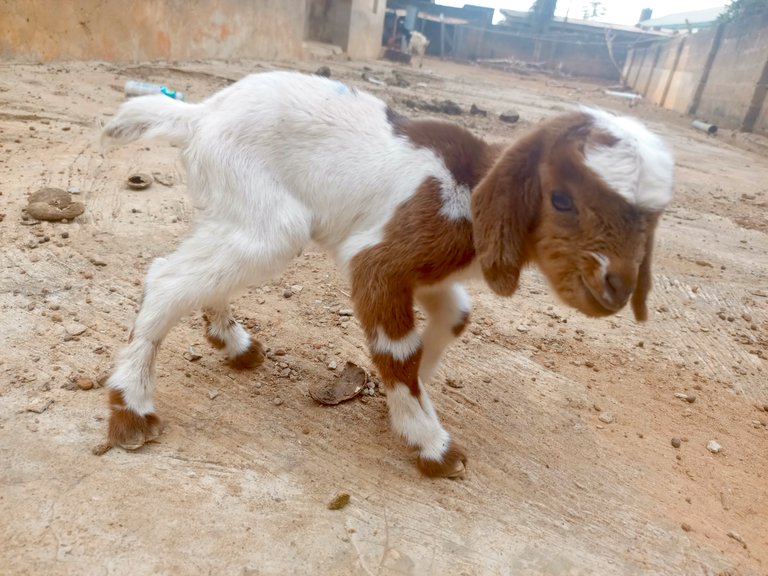
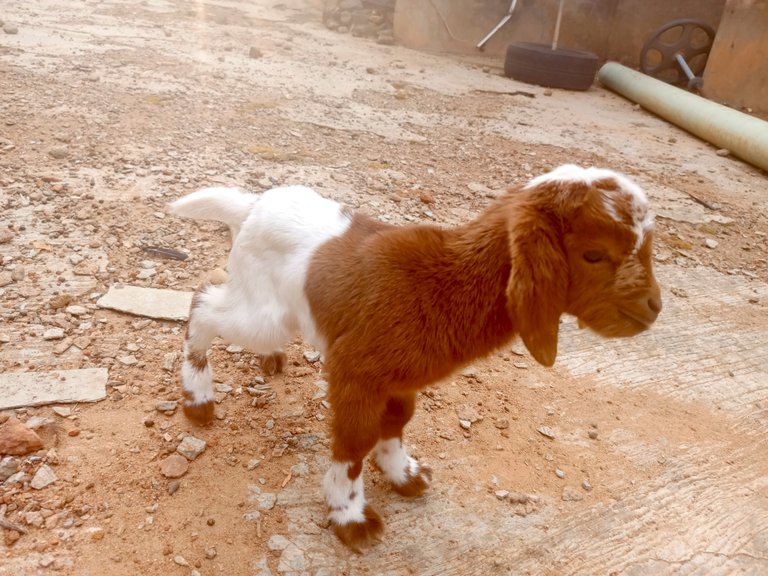
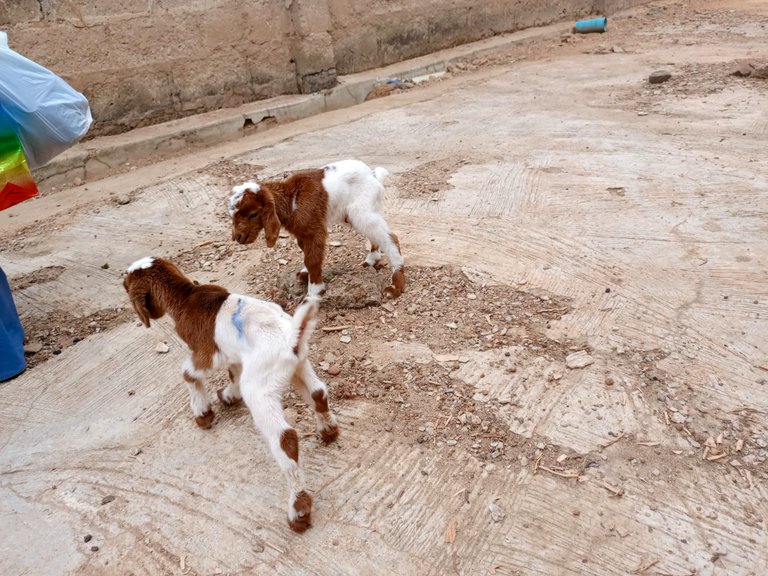
One of the newborn kids was weaker; that's the second twin. Of course, in humans we have twin-twin transfusion syndrome, where there is unequal sharing of resources in vitro, but here we have a weaker kid brother. The first to come out was very active and always wanting to suck, while the other barely stood up. His heartbeat was equally very fast, which, if in human beings, I could say something was fishy. Another major challenge was that the mother wasn't bonding and willing to feed the kids. We had to hold the mother to even let the kids feed a little, and they were assisted by us as they struggled with the sucking reflexes.
Yeah, you can guess right, it was the weaker kid. I was shocked to learn we lost one of the kids. I was away from home since Thursday and only arrived yesterday. The mother was not bonding freely with her kids, and the kids needed to be fed. The problem could have come from the difficult delivery the mother had.
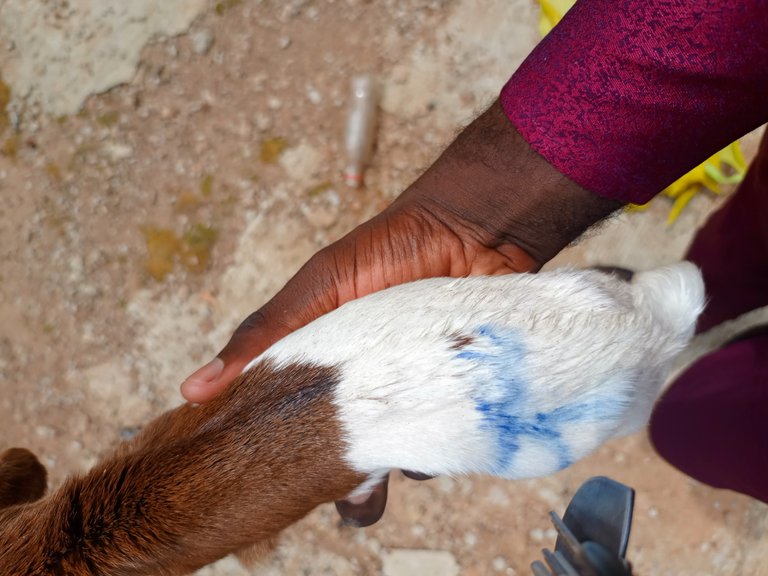
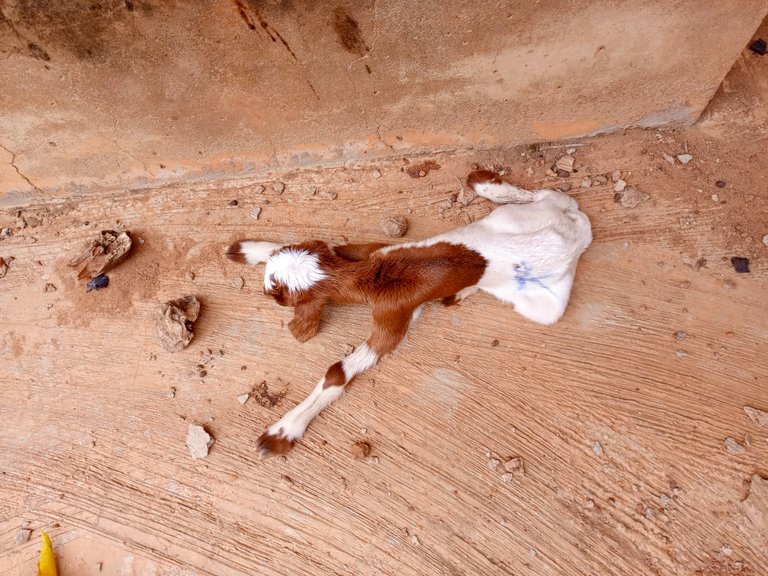
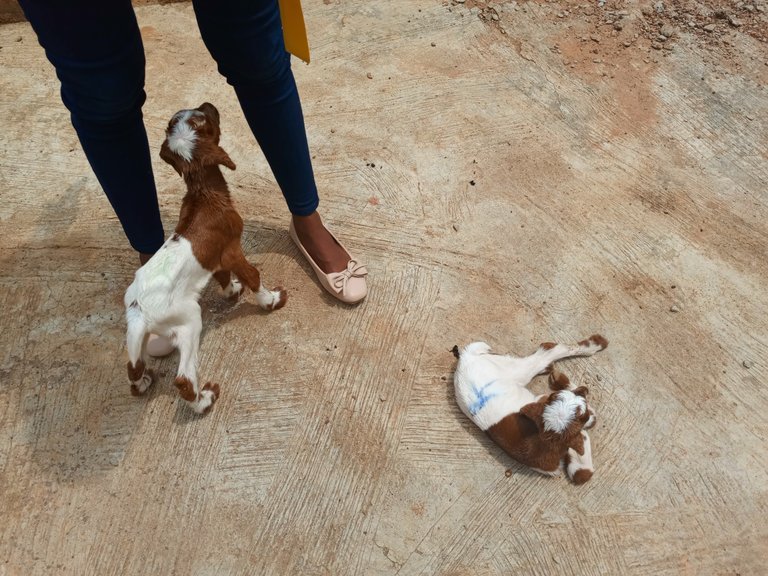
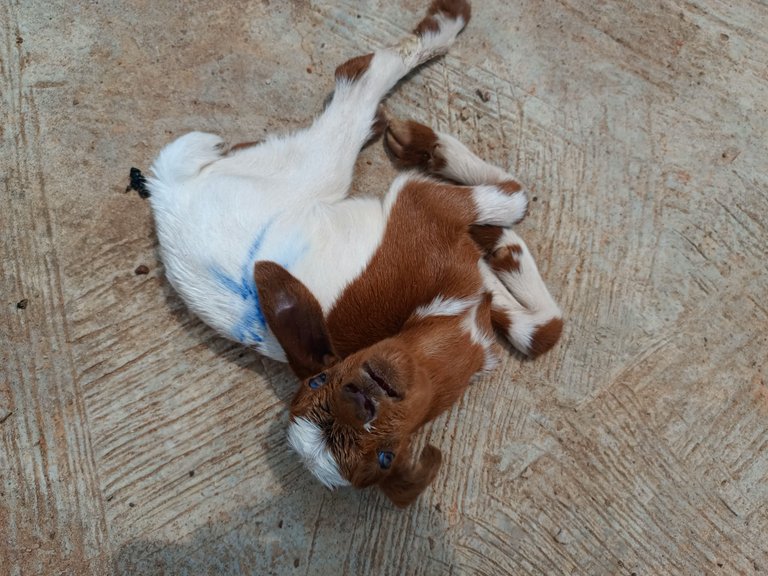
Unfortunately for us, my folks were moved with compassion and fed the kid goats with artificial milk, even though of little quantity. Being in the medical line, we disapprove of any feed other than breast milk for a certain period of four to six months. As much as parents and caregivers get worried and seek interventions, they could actually worsen the situation, not necessarily being the cause of the situation. Thankfully, by today, the mother was seen feeding the lone kid. Her breasts could get engorged and cause unnecessary pain if she shys away from feeding her kid, and perhaps she may have felt the absence of the other kid goat.
Hopefully we'll dispose of the oldest buck and partition sheds for them to limit the aggressiveness of the older doe to the younger ones. The increased number of bucks in the compound means extra money for us, and this is viable because of the large space within the compound.
Thank you for reading. I would love to have your comments and contributions.
Posted Using InLeo Alpha